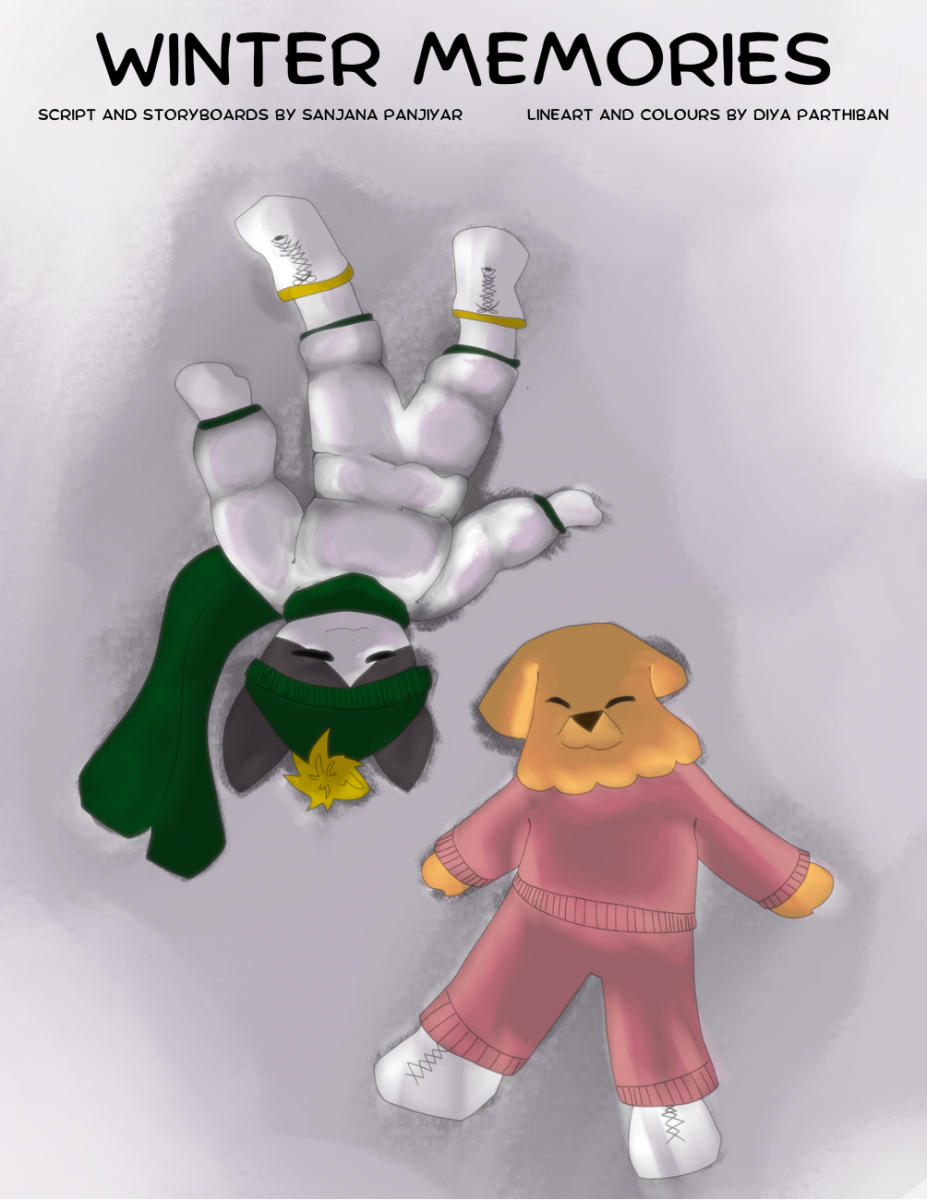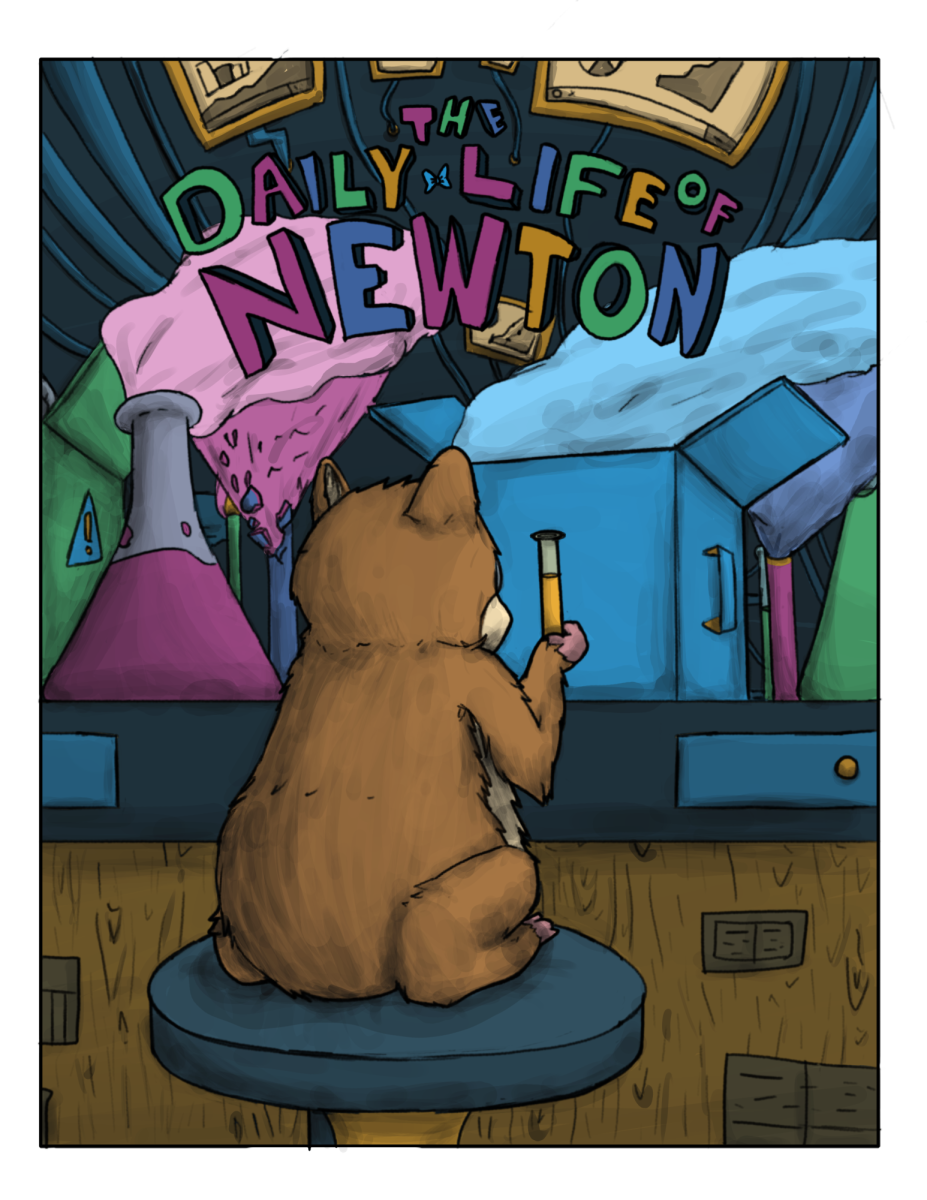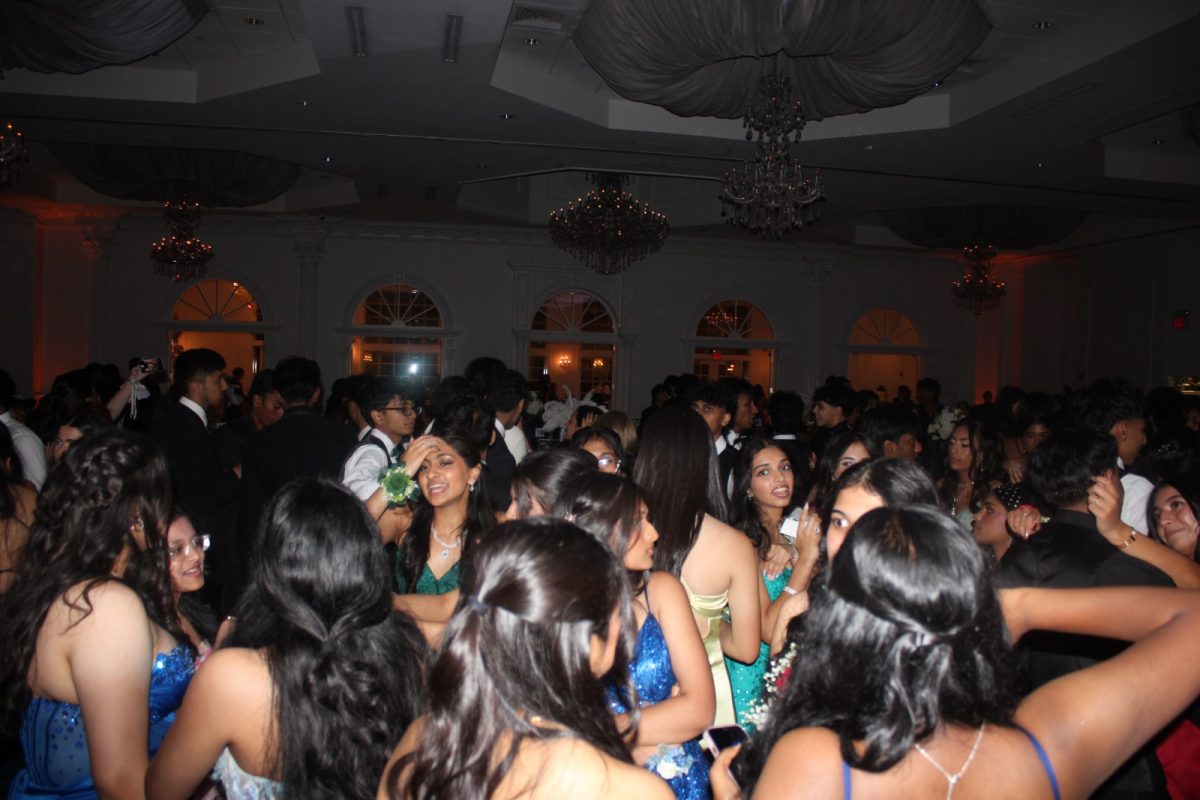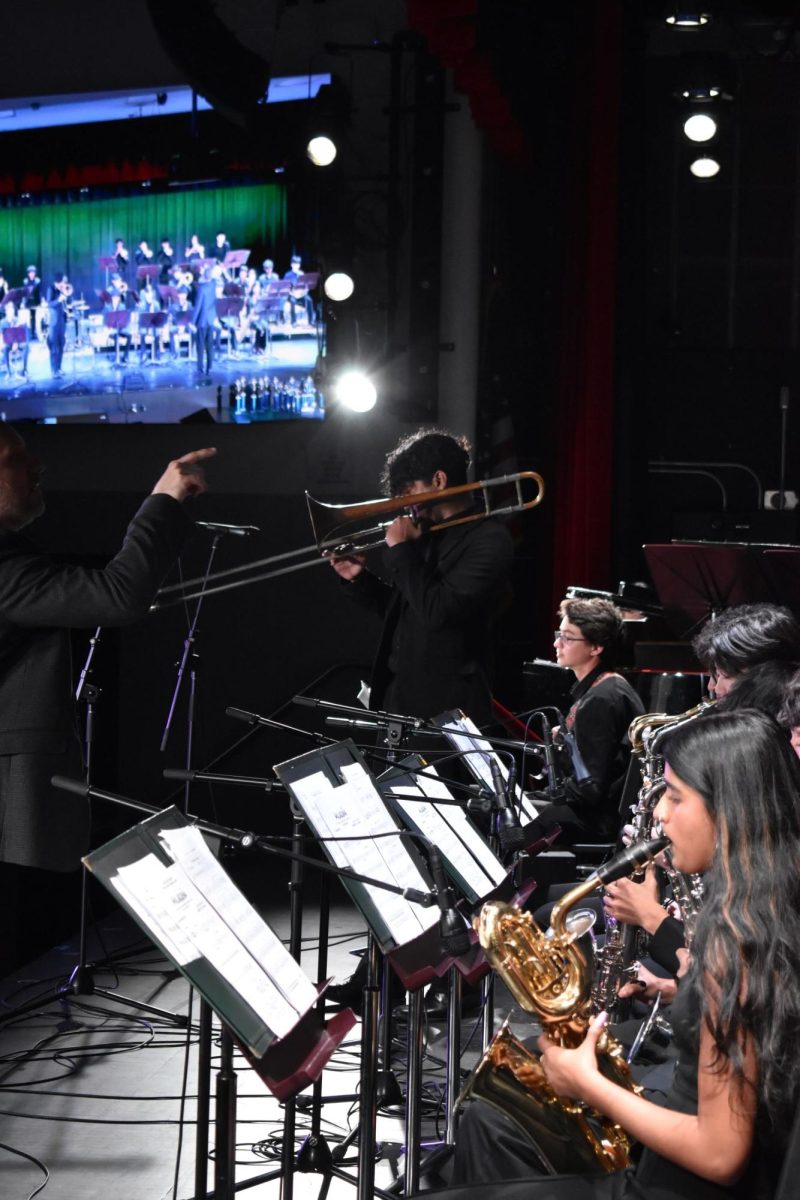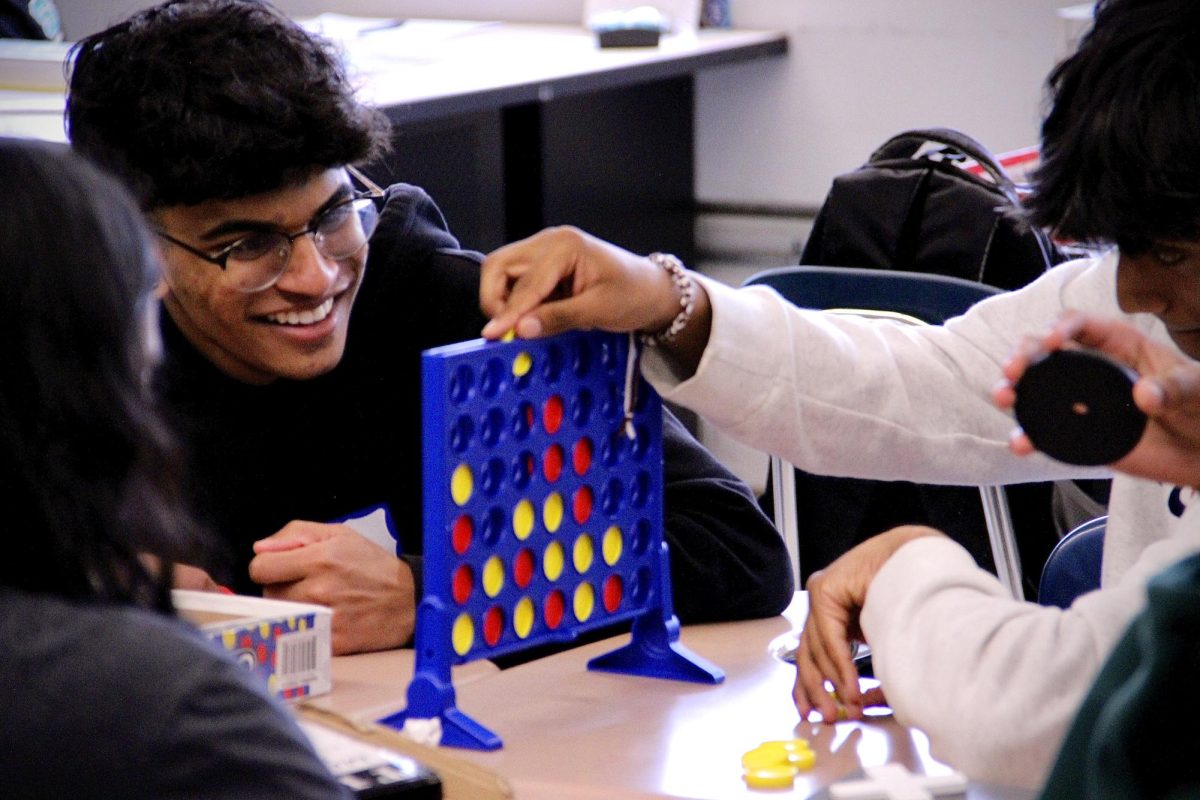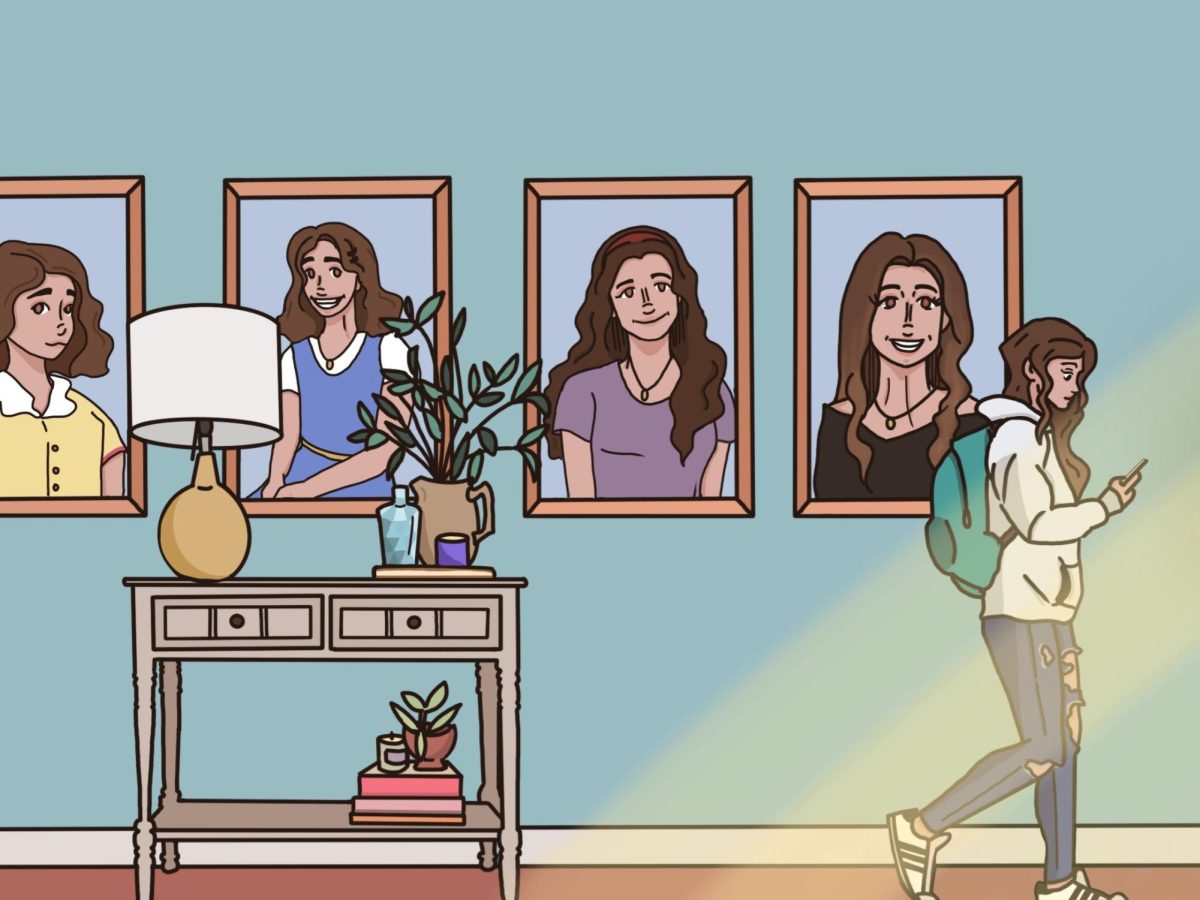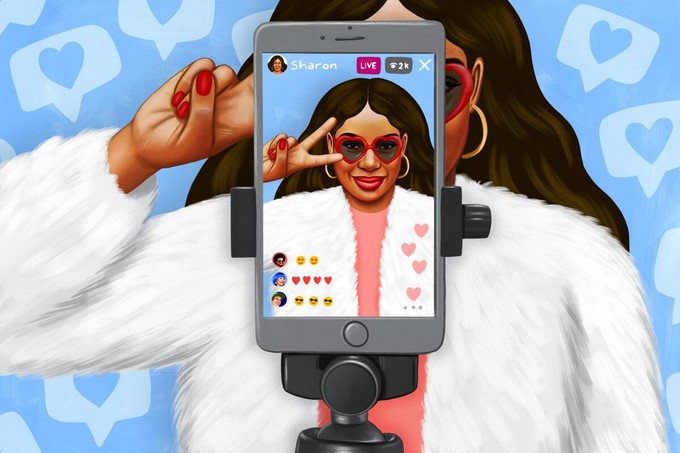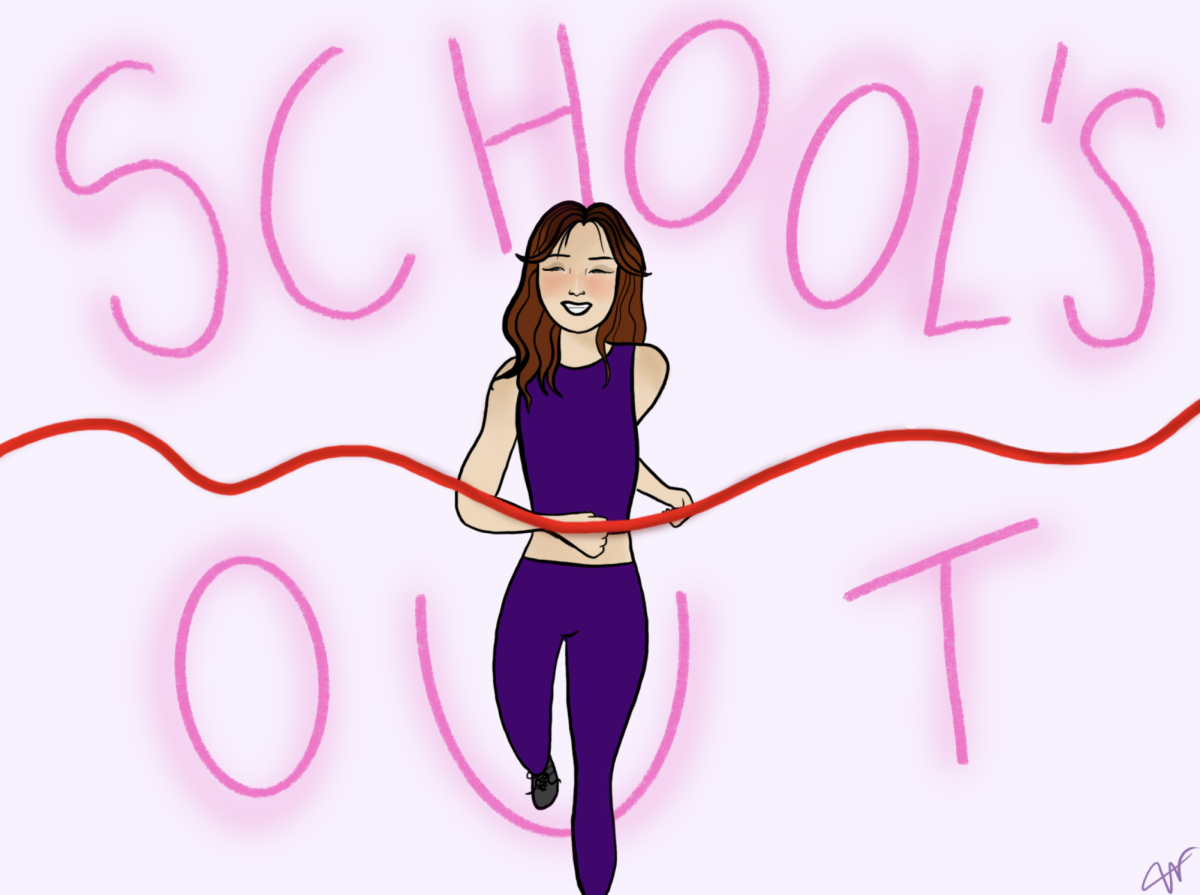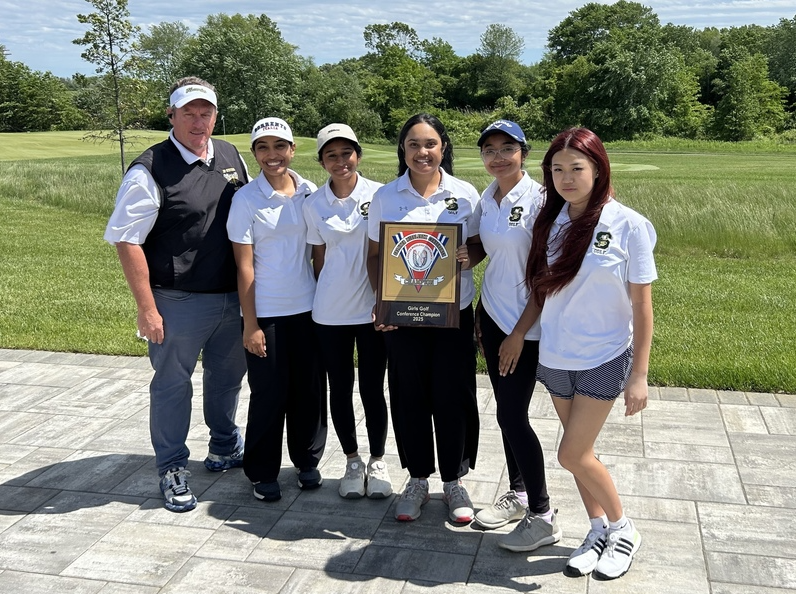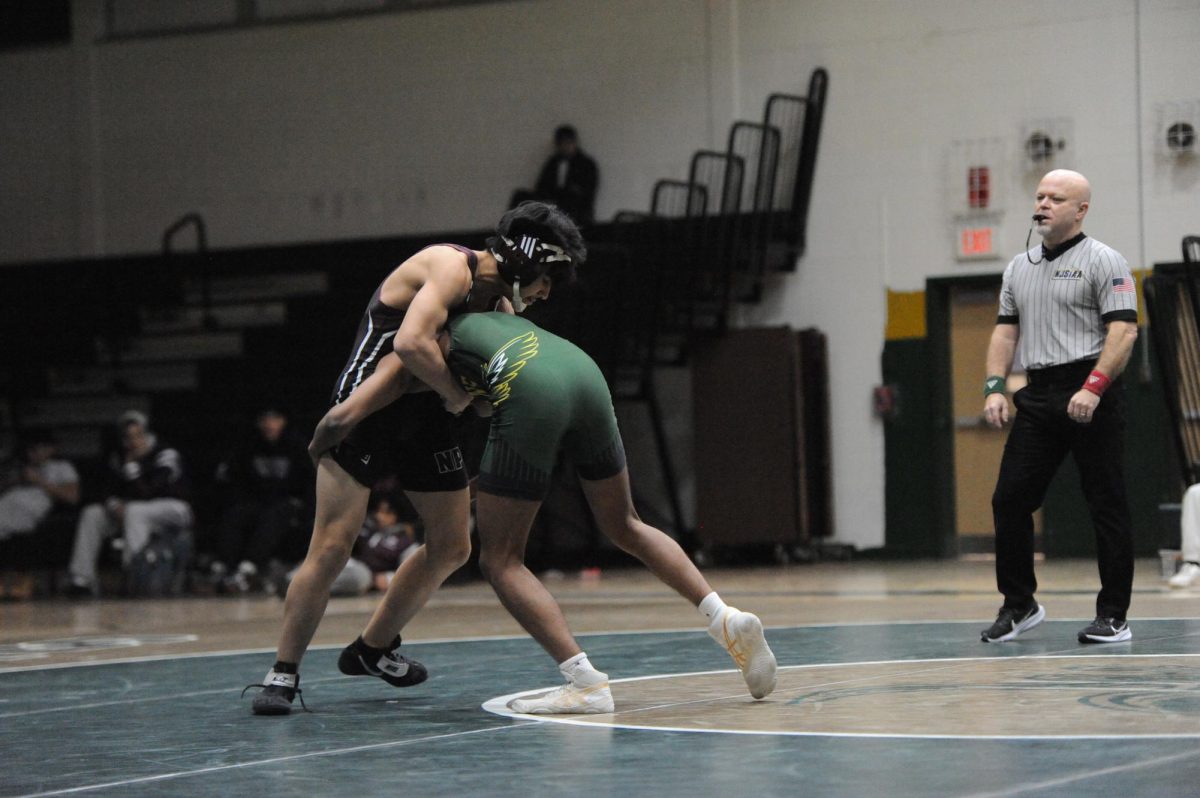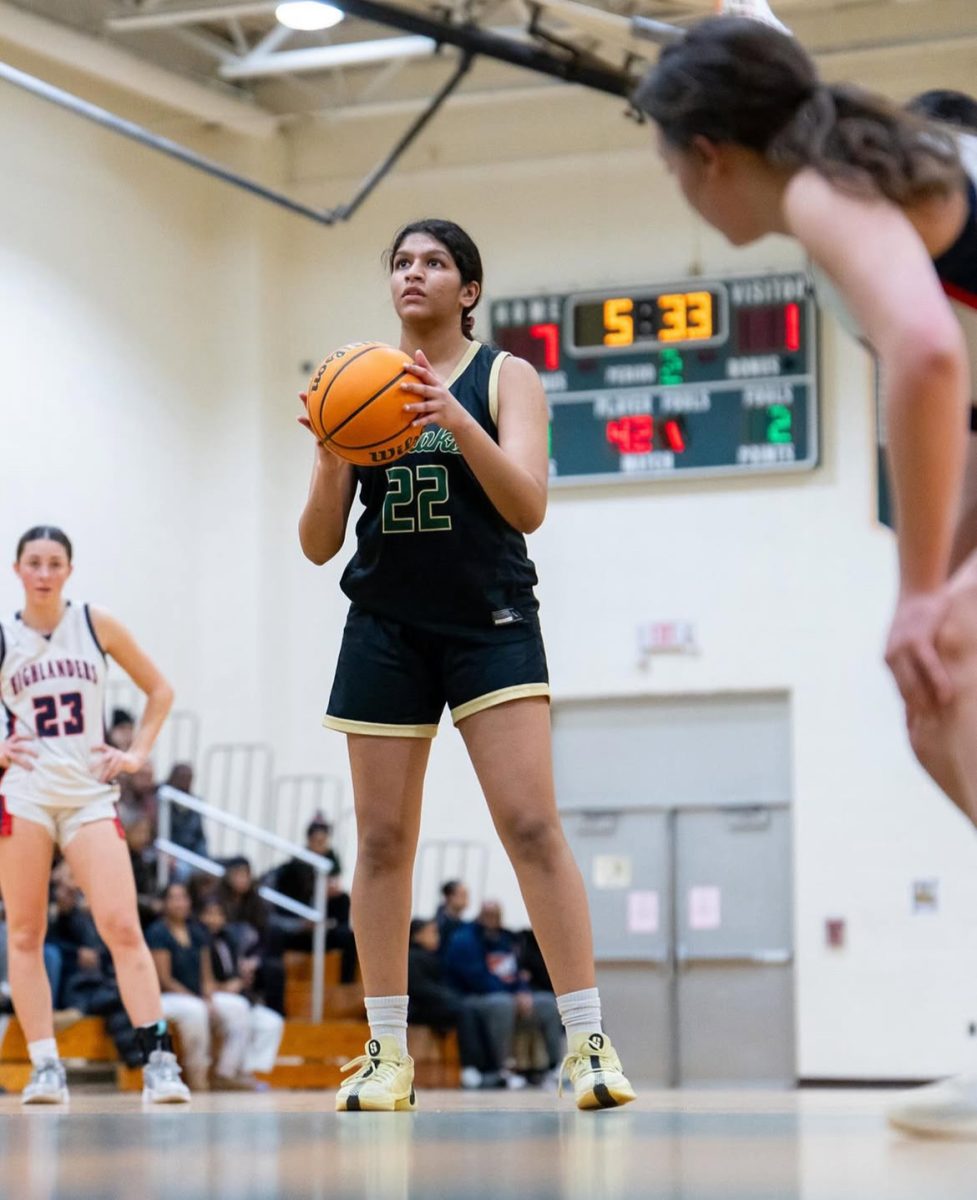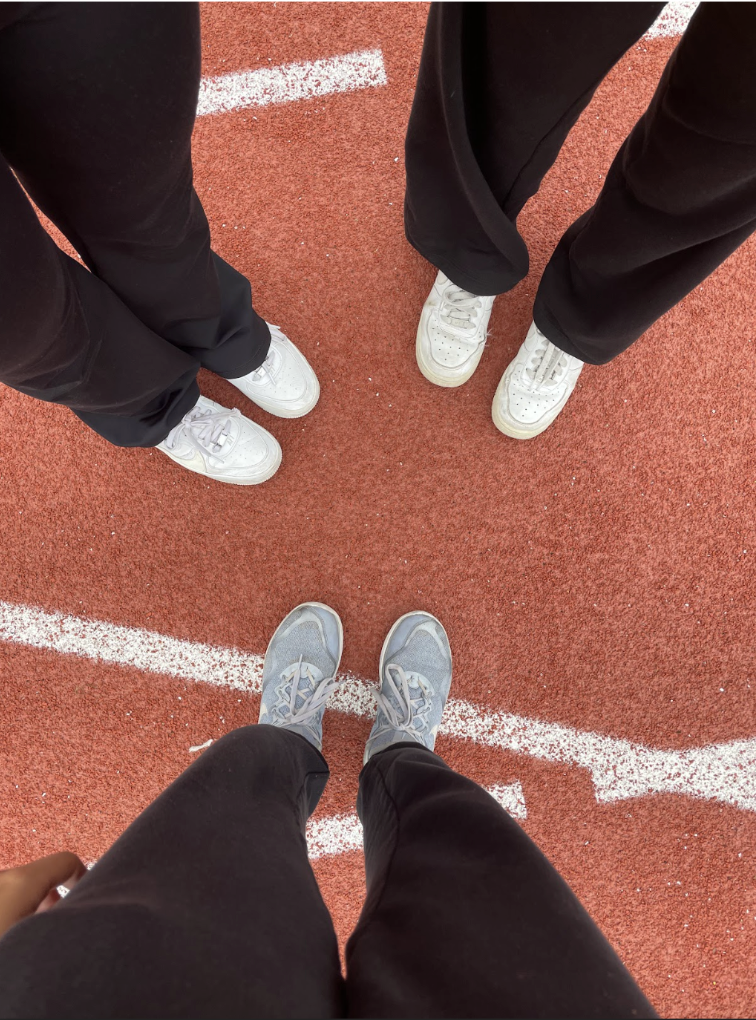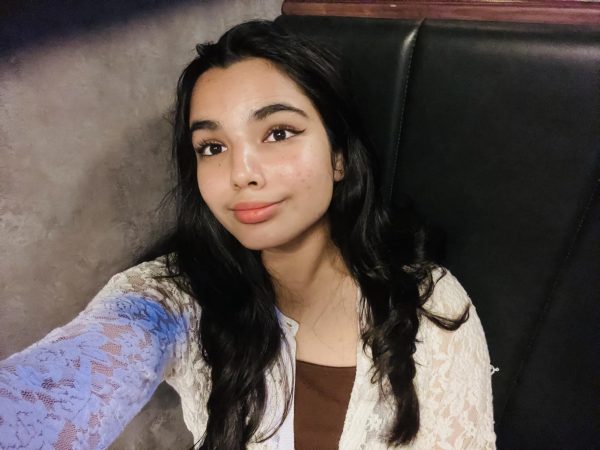New to the American high school experience, I entered the school year lacking awareness. The seemingly high expectation to keep up with trends caught me off guard. More specifically, it was the large number of people who I saw wearing the same type of Nike Shoes on my first day. I never knew the true extent of teenagers engaging in such product trends until I moved here. For the lack of better words, a feeling of shock as well as realization hit me. Coming from a school that requires a uniform to one that has a liberal western dress code, it was quite surprising seeing teenagers come to school in pajamas and crop tops. At first, I enjoyed this freedom. Being able to wear tri-colored shoes and above-the-knee-skirts gave me a newfound sense of individualism. However, the clothes that I wore or wanted to wear were not enough as a high school girl now.
I noticed a difference in going to American high school, more specifically, the clothes every girl wears. Lululemon black flared leggings, oversized crewnecks with cut necklines to show the collarbones, ankle length Uggs, Nike shoes (more specifically Nike Blazers), bright coloured Crocs with small Jibbitz, Hollister sweatpants, “coquette” bows, Nike socks to which the logo could be shown ever so slightly, and of course, the famous Stanley cup. I always understood that such items were popular here in the States among students. Trends have always existed, such as Adidas shoes when I was in middle school, the high pony craze in the 80’s, or the ripped jeans phase in 2015. But only now I truly realized how much I wanted these things for myself, too.
I walked down the school hallways looking down, seeing those Nike Shoes and Uggs—and then I saw my white sneakers from some uncommon brand. A feeling of embarrassment brewed inside me. I shifted my feet in a way that my shoes wouldn’t be shown. I suddenly felt like my peer’s eyes were on me, judging my every look and outfit as I entered through those school doors. I felt like I didn’t belong if I didn’t wear those items. Unbranded clothes meant that I was nobody. I wasn’t noticed. I asked myself—why don’t I own these shoes? Why do my thighs look abnormal in normal black tights? Why does my pink water bottle look shabby and cheap compared to that Stanley? Why do I not look coquette, clean, white, thin? Why do I not belong?
So I began wearing bows in my hair, saving up for those expensive Nike Shoes, wearing my socks in a way that ever so slightly showed the logo above my white sneakers. I got up every morning an hour early to do my “no makeup” makeup look with bright concealer and nude lip balm; I chose my outfits every week specifically so not one combination could ever be repeated (same colored matching top and bottoms were never “in”). I fully immersed myself in the “clean girl aesthetic” and in the back of my head, I was always worried about how I presented myself in school. It racked my brain every class and every night, and as cliche as it sounds, I got distracted and didn’t even realize it.
The truth is, students who owned these items have “power” in the school’s social hierarchy. Now, I’m not here to talk about how trends fester popularity among teens; rather, it’s important to acknowledge that we unknowingly tie a person’s value to trends they follow. Their achievements and goals became synonymous with the way they look and what they wear. The sports’ captains, socially acceptable extroverts, and “beautiful” girls, all had these common elements. Suddenly, if you owned flared leggings, you were believed to be beautiful. Materialism forces teenagers into social groups: you were either included or shunned out. We developed a false belief where if you wanted to become a successful, popular person, you must have these items, and gain access into their world.
Looking at past trends, you realize that before the Crocs, there were the Birkenstocks; before the Nike Blazers, it was the Adidas shoes; before the Stanley, it was the HydroFlask; before the claw clips, it was Scrunchies. Considering how fast these trends change, imagine how fast our judgment of others can change due to these trends. People overlook how much trends affect the perception of others, especially impressionable teenagers. There are limited studies to why exactly we tie value to these trends as they come and go so quickly. It is hard to chart, label, track or analyze a concept that is always changing. It is difficult to create a study on these trends that has a general conclusion as it affects each person uniquely. But, I can make a speculation based on my experience. The problem starts when we value and judge others based on whether they own trendy products. We make assumptions of people that do not own them. We disregard a crucial consideration: that trends are extremely expensive and overpriced, thus, not everyone can indulge in them. So, I pushed my fear of being judged onto others and I judged others through a materialistic lens the same way they did to me. In my head, you were either “whitewashed and rich,” or “poor and a nobody.”
I hid my non brand shoes, bought my dupe Stanley, cut my sweatshirt to show off my collar bones and made bows out of ribbon at home to save on money. But did I truly not need to do this much? Our society is moving towards materialism at a faster rate than ever before, but what does this mean to us? We cannot distinguish between the value of a person and the value of their shoes. We’d rather decide someone’s worth not from merit, but from materialistic gain. We should be able to distinguish between superficial attainment and human value. It’s a disappointment that we cannot.









